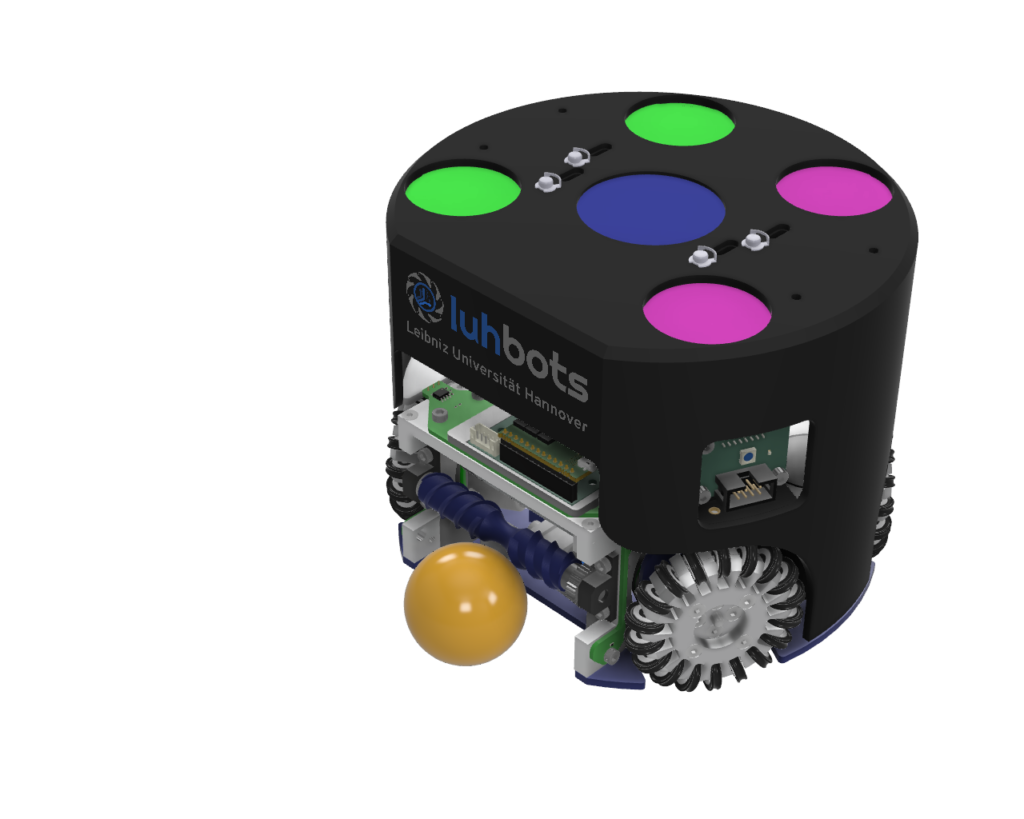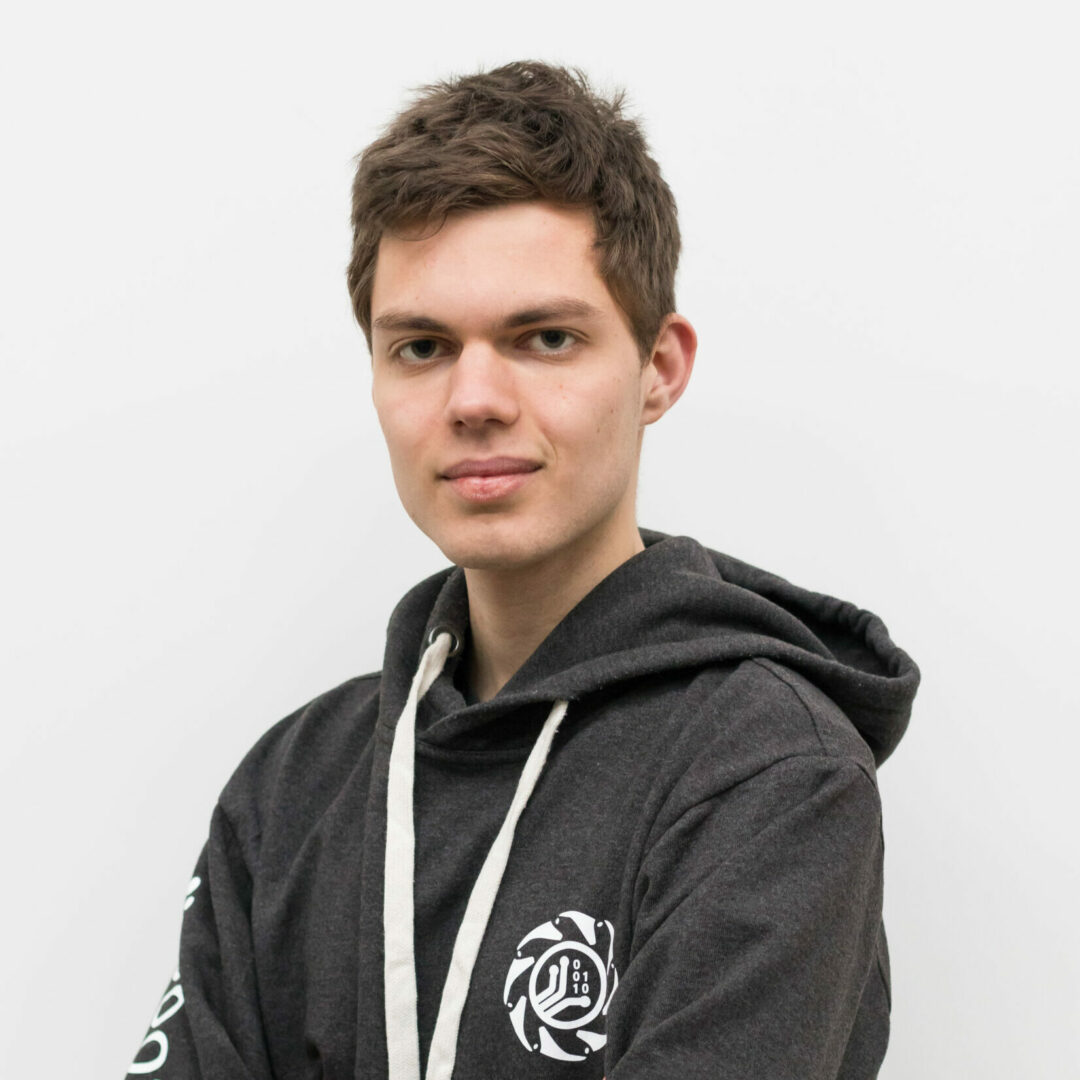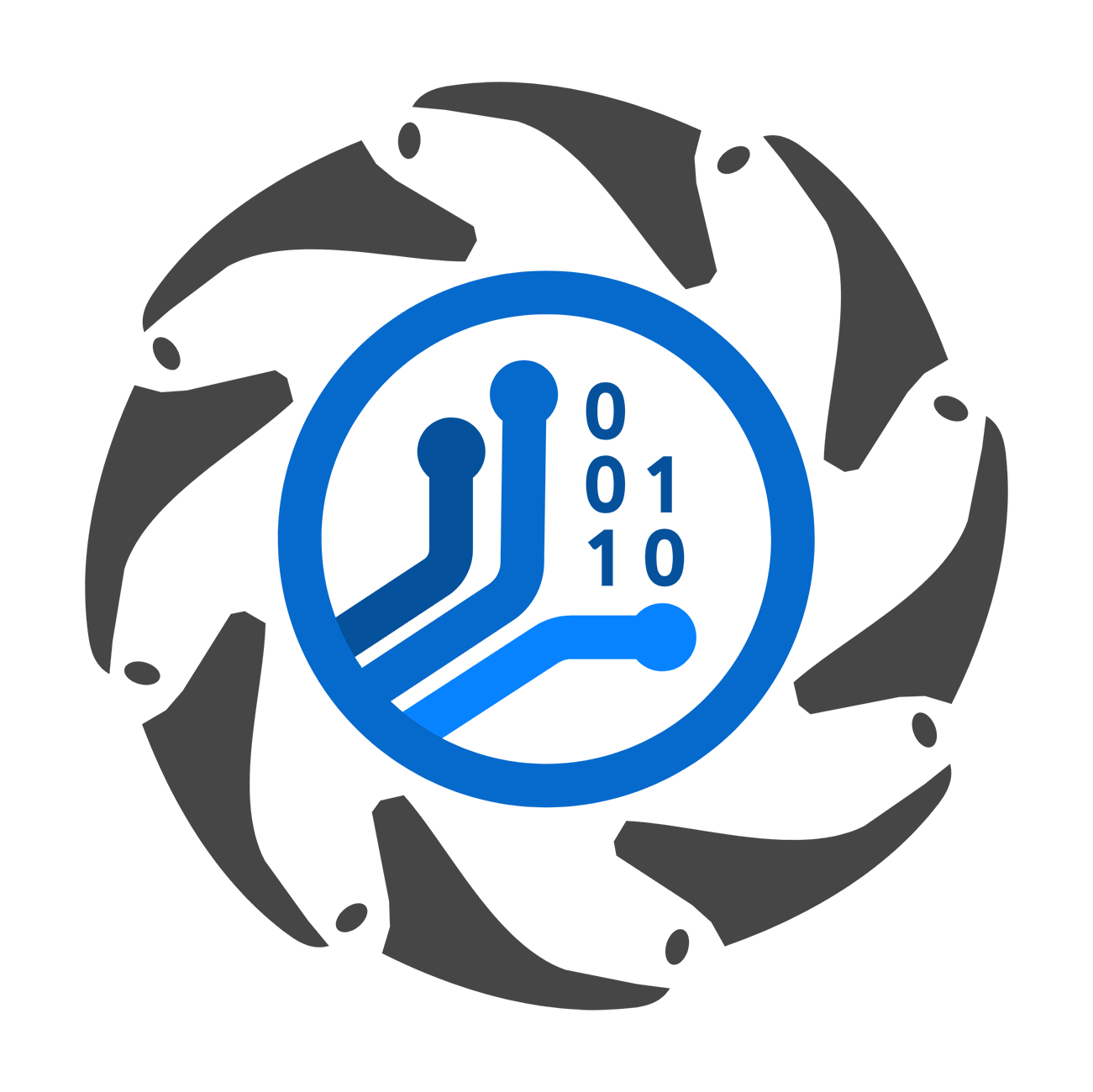Soccer Mechanics
The mechanics that hold everything together.
The mechanics deal with all construction-related topics such as design and manufacturing of the robots. The parts for the robots are mostly manufactured with our own CNC machine at the university or printed with one of the various 3D printers.
Discover our robot!
The mechanics
The mechanical team takes care of the physical implementation of the robot. This includes the design, prototyping, single-part production and final assembly of the entire robot.
The most important mechanical components of the robot include the kicker, the dribbler and the chassis with the omnidirectional wheels, or omniwheels. The conceptual design and implementation of these components, for an optimal interaction of hardware and software, represents a special challenge with regard to the applicable regulations.

Kicking System
The shooting mechanism is one of the crucial elements in robot soccer, as in real soccer. At the same time, no specific mechanism is specified in our league. For example, a gas cartridge could be placed on the robot and the ball could be shot pneumatically. However, since this variant limits the number of maximum shots, we rely on an electromagnetic approach. For this purpose, a ferromagnetic bolt is accelerated by a coil and then hits the golf ball, which can thus reach speeds of up to 25 km/h. Two gas cartridges provide the necessary energy. The necessary energy is provided by two large capacitors that are charged and then abruptly discharged via the coil.
Increasing efficiency is the biggest challenge in the development of the kicker. To achieve this, friction losses must be minimized and the coil itself optimized. However, the available installation space must not be forgotten in the optimization process. After all, the robot must fit fully assembled into a cylinder with a diameter of 180mm and a height of 150mm.
Dribbler
As the name suggests, the Dribbler provides ball control and even allows the robot to move backwards without losing the ball.
But how exactly do you maintain control of a ball you’re not allowed to hold?
The idea is to influence the ball by rotating it. To do this, a rubberized shaft that is in direct contact with the ball is driven by a motor. In this way, the dribbler rotates the ball in the direction of the robot.
In addition, the special shape of the rubberized shaft ensures that the ball is centered. The kicker therefore always hits the ball in the same place. In summary, the kicking accuracy and ball control are significantly influenced by the dribbler.
Drivetrain
With the components mentioned above, the robot can hold the ball and shoot. However, these abilities are useless if it is not possible to align to the goal or to drive around opponents.
Therefore, four powerful brushless DC motors (BLDC motors) provide the movement of the robot on the field. The motor torque is transmitted to the ground via the specially designed Omniwheels. These special wheels consist of an aluminum rim on whose diameter freely rotating rubber rings are arranged orthogonally to the rim.
This allows the robot to move in any conceivable direction and even turn on the spot, enabling it to react quickly to new situations in the very dynamic gameplay.
The Mechanics-Team

Lukas Waldhoff
Member since November 2019

Patrick Ebbighausen
Member since November 2019

Anna Biernat
Member since July 2022

Jacob Schoebel
Member since January 2023

Michael Jansen
Member since November 2022
